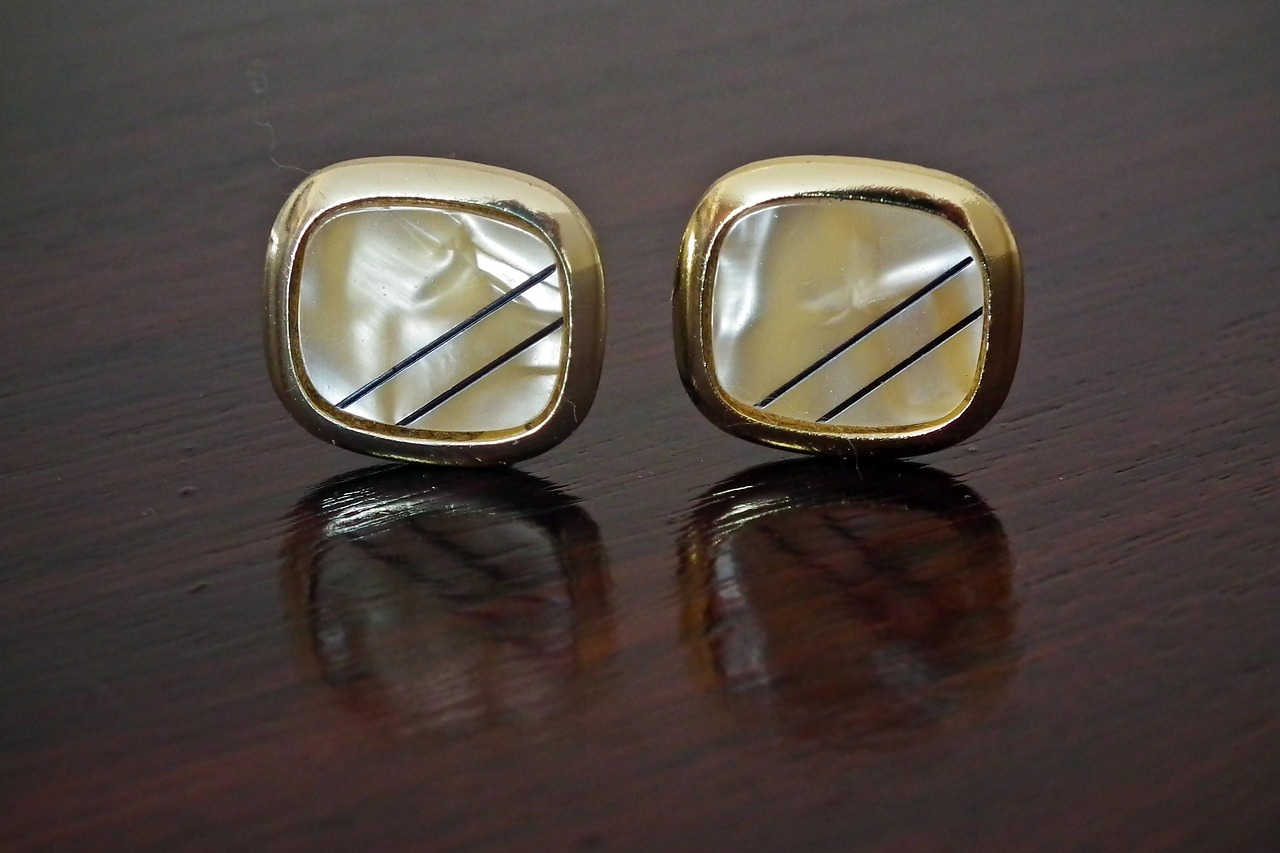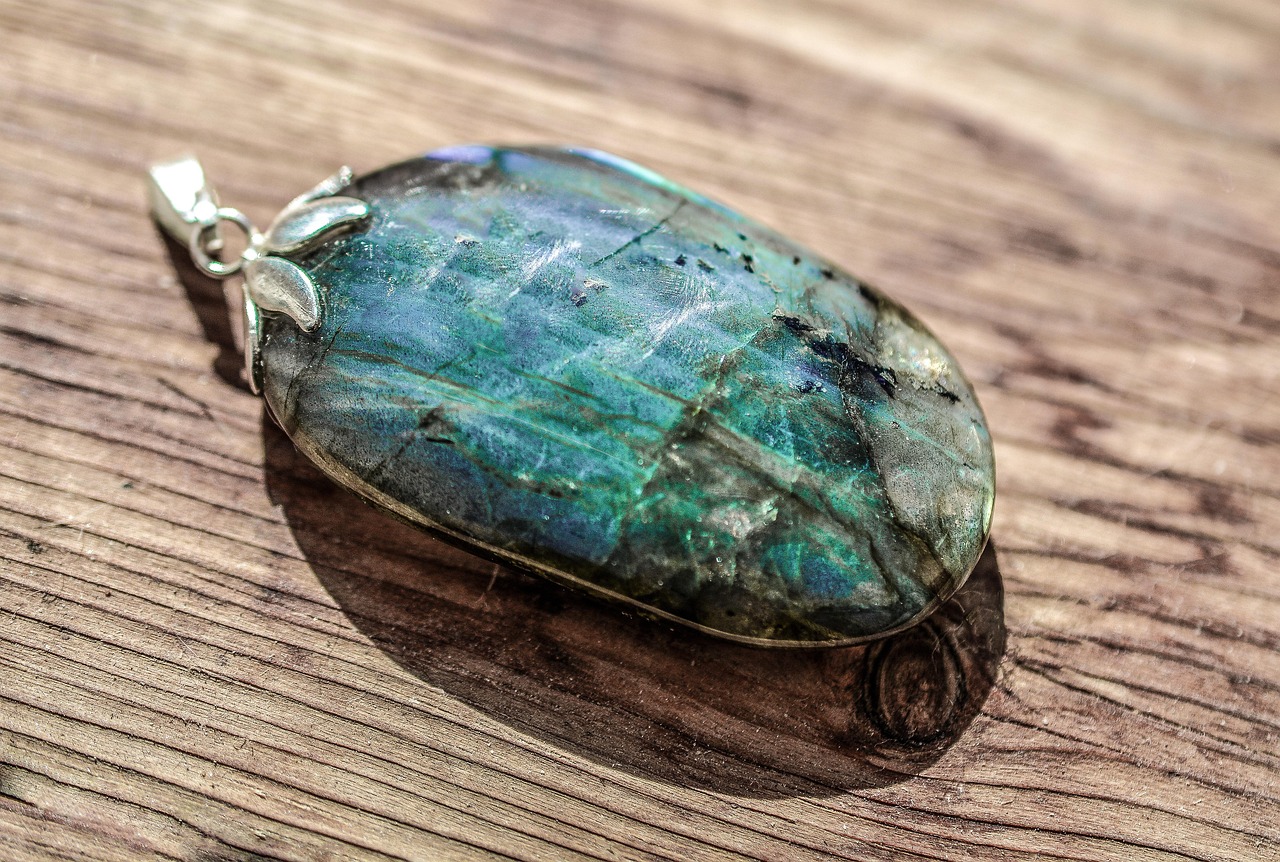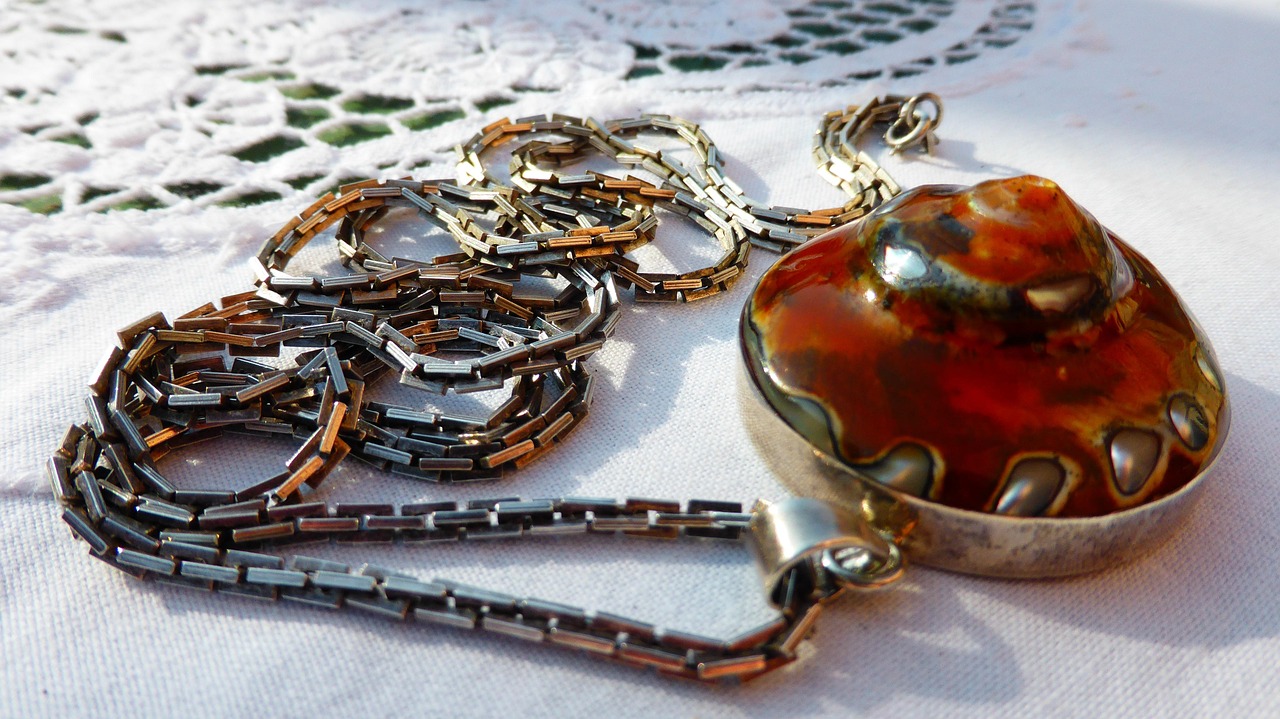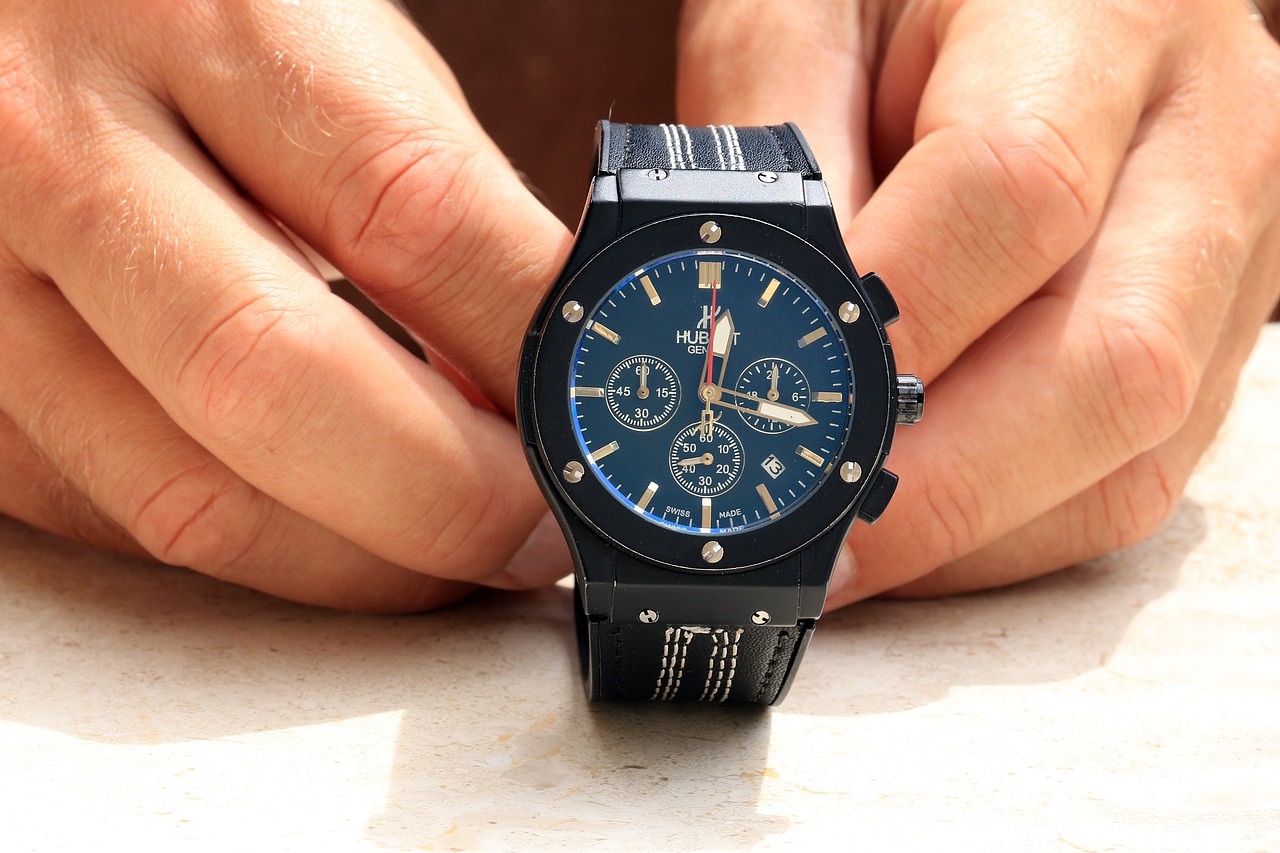This article delves into the investment potential of diamonds, providing a comprehensive overview of their market trends, value retention, and the various factors that influence their worth. Understanding these elements is essential for making informed investment decisions in this unique asset class.
What Makes Diamonds Valuable?
To grasp the investment potential of diamonds, it’s crucial to understand what contributes to their value. Key factors include:
- Carat Weight: Larger diamonds are typically more valuable, but the increase in value is not linear.
- Cut: The quality of the cut affects how well a diamond reflects light, impacting its brilliance and overall appeal.
- Color: The less color present in a diamond, the more valuable it generally is, with colorless diamonds being the most sought after.
- Clarity: This refers to the presence of inclusions or blemishes; higher clarity grades often command higher prices.
How Do Diamonds Compare to Other Investments?
When evaluating diamonds as an investment, it’s important to compare them with traditional assets like stocks and real estate. Diamonds offer unique advantages:
- Portability: Diamonds are easy to transport and store.
- Value Retention: Historically, diamonds have shown resilience in maintaining value during economic downturns.
However, they also come with drawbacks, such as market volatility and potential liquidity issues, which can make selling them more challenging compared to stocks.
What Are the Risks of Investing in Diamonds?
Investing in diamonds is not without risks. Market fluctuations can lead to price changes, and the lack of liquidity can pose challenges when trying to sell. Additionally, the diamond market is less regulated than traditional investments, which can increase the risk of fraud.
How to Buy Diamonds for Investment?
When purchasing diamonds as an investment, knowledge is key. Here are some best practices:
- Seek out reputable dealers and avoid buying from unknown sources.
- Ensure the diamond comes with a certification from a recognized gemological laboratory.
- Consider purchasing diamonds that have a strong resale market.
What Are the Current Market Trends for Diamonds?
Staying informed about current market trends is vital for any investor. Recent trends show a growing demand for ethically sourced diamonds and fancy color diamonds, which have been gaining popularity and can sometimes outperform traditional white diamonds in value appreciation.
How to Evaluate the Quality of a Diamond?
Understanding how to evaluate a diamond’s quality is essential for ensuring a sound investment. The grading system, established by the Gemological Institute of America (GIA), is widely recognized and covers the 4 Cs: carat, cut, color, and clarity. Familiarizing yourself with these criteria can help you make informed purchasing decisions.
What Role Do Certifications Play in Diamond Investing?
Certifications from reputable gemological laboratories significantly impact a diamond’s value. They provide assurance of quality and authenticity, making them crucial for resale potential. Always check for certifications when considering a diamond investment.
Are Fancy Color Diamonds a Good Investment?
Fancy color diamonds have gained traction in the investment community. Their rarity and unique colors often lead to higher appreciation rates compared to traditional diamonds. Investors should consider factors such as color intensity and market demand when evaluating these diamonds.
How to Sell a Diamond Investment?
Knowing when and how to sell your diamond investment is crucial for maximizing returns. Timing the market can be challenging, so staying informed about market conditions is essential. Consider selling through reputable auction houses or dealers to ensure you receive fair value.
What Are Expert Opinions on Diamond Investments?
Experts in gemology and finance offer varying perspectives on the viability of diamonds as an investment. Many agree that while diamonds can be a valuable addition to a diversified portfolio, they should be approached with caution due to the unique risks involved.
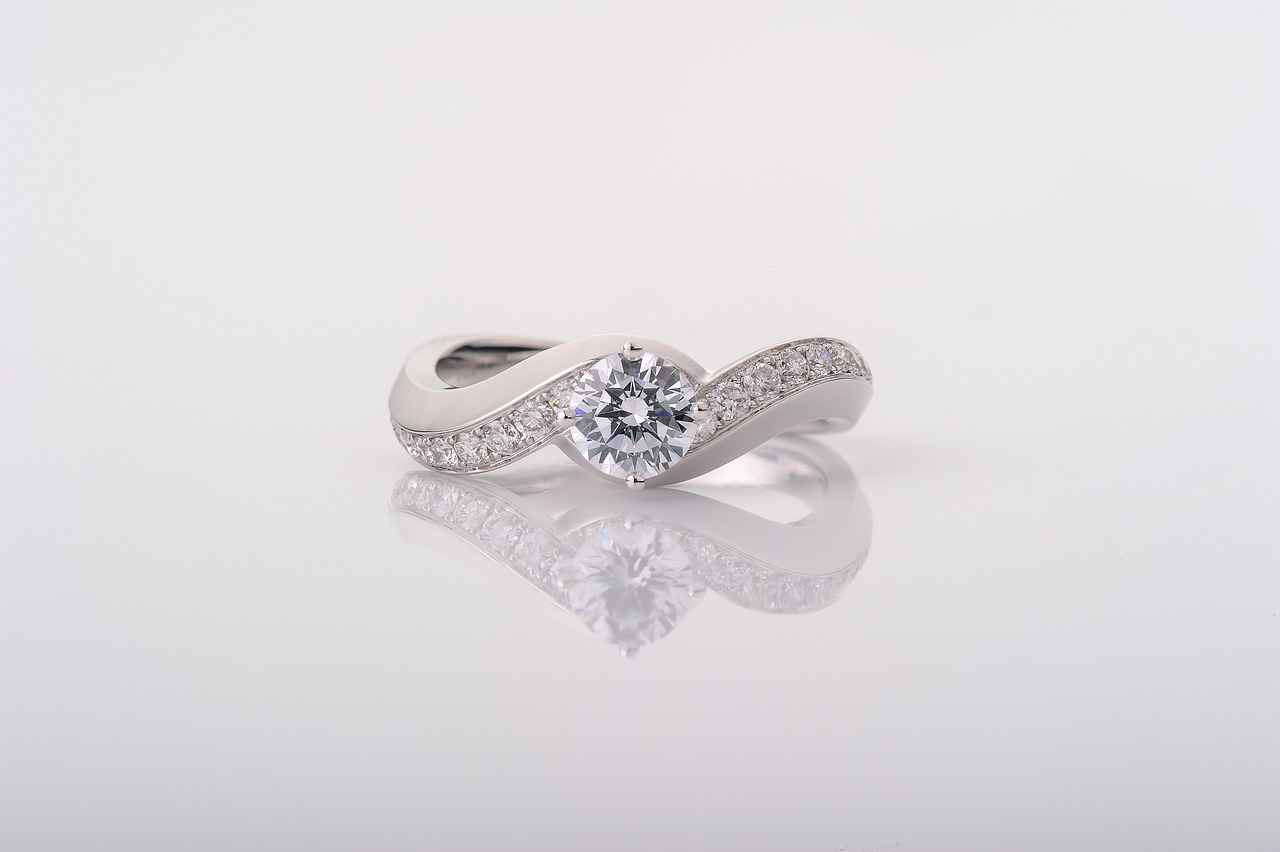
What Makes Diamonds Valuable?
Investing in diamonds can be both exciting and perplexing. To make informed decisions, it is essential to understand the various factors that contribute to a diamond’s value. This knowledge is not only beneficial for potential investors but also for those looking to purchase diamonds for personal use. The primary elements that significantly influence a diamond’s worth include carat weight, cut, color, and clarity.
Carat weight is perhaps the most straightforward factor; it refers to the size of the diamond. Larger diamonds are generally more valuable, but the relationship between carat weight and price is not linear. For example, a two-carat diamond can be significantly more expensive than two one-carat diamonds due to its rarity. The cut of the diamond affects its brilliance and sparkle. A well-cut diamond reflects light beautifully, enhancing its visual appeal and, consequently, its market value. The cut is often graded on a scale ranging from Excellent to Poor, making it a crucial consideration for buyers.
The color of a diamond refers to the absence of color, with the most valuable diamonds being completely colorless. Color grades are typically assessed on a scale from D (colorless) to Z (light yellow or brown). Diamonds with less color are rarer and therefore command higher prices. Clarity measures the presence of internal or external flaws, known as inclusions and blemishes. A diamond with high clarity, meaning it has few or no imperfections visible under 10x magnification, is more valuable.
| Factor | Description | Impact on Value |
|---|---|---|
| Carat Weight | Measures the size of the diamond | Higher carat weight generally increases value |
| Cut | Determines the diamond’s brilliance and sparkle | Well-cut diamonds are more valuable |
| Color | Refers to the absence of color | Less color increases value |
| Clarity | Measures internal and external flaws | Higher clarity increases value |
Additionally, market demand plays a significant role in determining diamond values. Economic factors, consumer preferences, and even fashion trends can affect the desirability of certain types of diamonds. For instance, fancy color diamonds have seen a surge in popularity, often outpacing traditional white diamonds in terms of investment potential.
Another critical aspect to consider is the certification of the diamond. Reputable gemological laboratories provide grading reports that authenticate the quality of a diamond, influencing its resale value. Buyers should seek diamonds that come with certifications from recognized institutions to ensure they are making a sound investment.
In summary, understanding the intricacies of a diamond’s value is essential for anyone considering this investment. By focusing on the key factors of carat weight, cut, color, and clarity, along with market dynamics and certifications, investors can make informed choices that align with their financial goals.

How Do Diamonds Compare to Other Investments?
When contemplating investments, many individuals often weigh their options between traditional assets such as stocks and real estate versus alternative investments like diamonds. Understanding how diamonds compare to these conventional assets is critical for making informed investment decisions. This section delves into the pros and cons of diamonds as an investment vehicle, providing a comprehensive analysis.
- Intrinsic Value: Diamonds possess an intrinsic value that is less susceptible to market fluctuations compared to stocks. Their physical presence and aesthetic appeal can provide a sense of security for investors.
- Portability: Diamonds are compact and easy to transport, making them a practical option for investors looking to diversify their portfolios without the burden of heavy assets.
- Durability: Unlike many assets, diamonds do not deteriorate over time. Their durability ensures that they can retain value and even appreciate in certain market conditions.
- Hedge Against Inflation: Historically, diamonds have served as a hedge against inflation, maintaining their value even when currency values fluctuate.
- Market Volatility: The diamond market can be volatile, with prices influenced by trends, consumer demand, and economic conditions. This unpredictability can lead to potential losses for investors.
- Liquidity Issues: Unlike stocks or real estate, selling diamonds can be challenging. The market for diamonds is less liquid, which means finding a buyer may take time and effort.
- Valuation Challenges: Determining the value of a diamond can be complex. Factors such as cut, color, clarity, and carat weight must be assessed, often requiring expert appraisal.
- Limited Market Knowledge: Many investors lack sufficient knowledge about diamonds, which can lead to poor purchasing decisions and potential financial losses.
When comparing diamonds to stocks, one must consider the risk-reward ratio. Stocks can offer higher returns over the long term, but they also come with higher volatility and risk. Diamonds, while generally more stable, may not provide the same growth potential. Furthermore, stocks are easier to buy and sell, making them a more liquid investment option.
Real estate is often viewed as a solid investment due to its potential for appreciation and rental income. However, it requires substantial capital and ongoing maintenance costs. In contrast, diamonds require less initial investment and are virtually maintenance-free. Yet, real estate typically offers better liquidity and a more established market, making it easier to sell compared to diamonds.
Investors should carefully evaluate their financial goals, risk tolerance, and market knowledge before choosing diamonds over traditional assets. While diamonds can diversify a portfolio, they should not be viewed as a primary investment strategy. Understanding the market dynamics and staying informed about trends is essential for making wise investment choices.
In conclusion, while diamonds present unique advantages as an investment, they also come with distinct challenges. A thorough understanding of both the benefits and drawbacks is crucial for anyone considering adding diamonds to their investment portfolio.
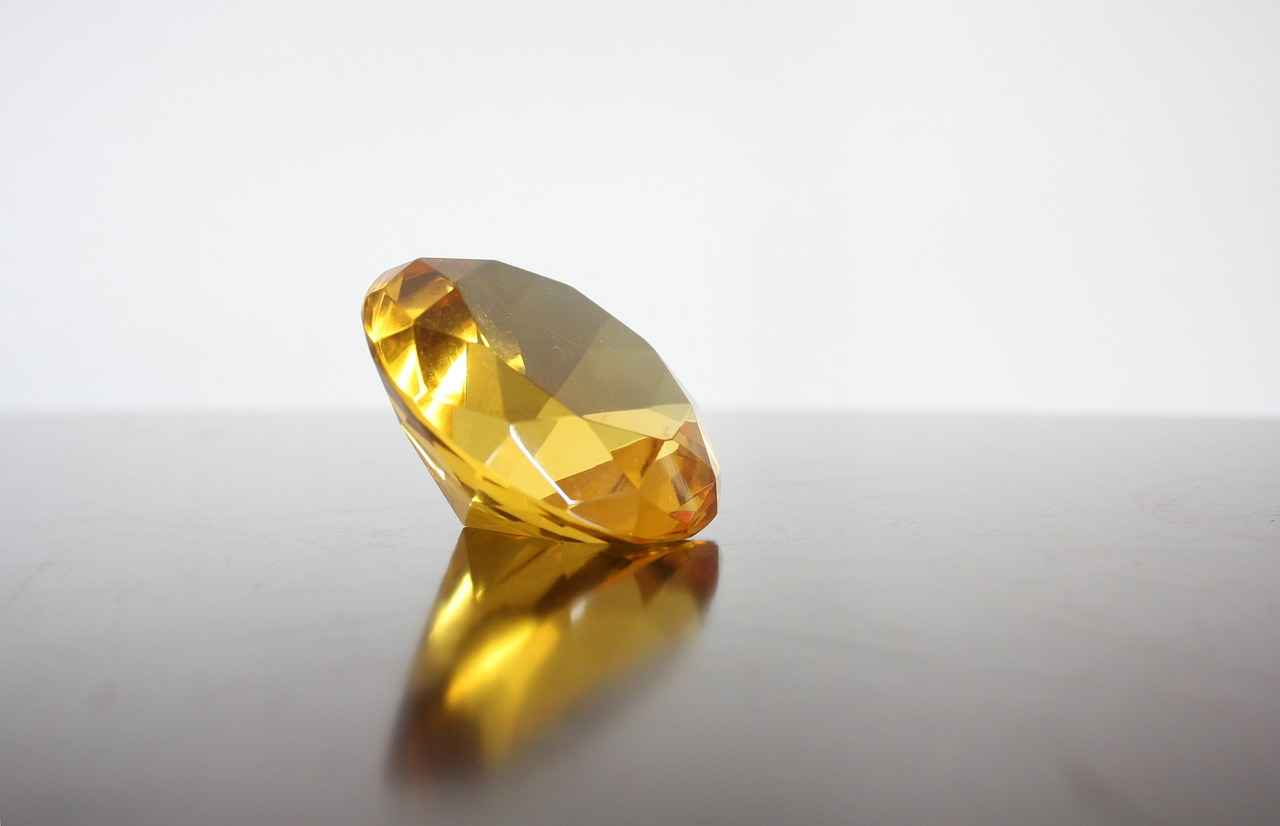
What Are the Risks of Investing in Diamonds?
Investing in diamonds can be an alluring prospect due to their beauty and perceived value. However, it is essential to recognize that this investment avenue comes with its own set of challenges. Understanding the risks associated with diamond investments is crucial for safeguarding your financial interests.
The diamond market is not immune to fluctuations. Prices can vary significantly based on economic conditions, consumer demand, and trends within the luxury goods sector. Market volatility can lead to sudden drops in value, making it essential for investors to stay informed about market trends and adjust their strategies accordingly.
Unlike stocks or bonds, diamonds do not have a standardized market. This can create liquidity issues, meaning that selling a diamond can be challenging, especially if you need to liquidate quickly. The lack of a centralized exchange means that finding a buyer willing to pay a fair price may take time. Investors should consider this factor when purchasing diamonds, ensuring they are prepared for potential delays in selling.
Diamonds are graded based on the Four Cs: carat weight, cut, color, and clarity. Misunderstanding or misinterpreting these factors can lead to poor investment decisions. It is vital to invest in diamonds that come with reputable certifications from established gemological laboratories, as this can help mitigate the risk of purchasing overvalued stones.
The demand for diamonds can be influenced by various factors, including changing consumer preferences and economic conditions. For instance, during economic downturns, luxury items like diamonds may see a decline in demand, impacting their resale value. Staying attuned to market dynamics can help investors make informed decisions about when to buy or sell.
Investors must be vigilant about the risk of counterfeit diamonds and fraudulent practices in the market. It is essential to work with reputable dealers and obtain proper documentation to verify the authenticity of a diamond. This not only protects your investment but also enhances its potential resale value.
Diamonds often carry emotional significance, which can cloud judgment when making investment decisions. It is crucial to differentiate between personal desire and sound investment strategy. Investors should approach diamond purchasing with a clear financial objective in mind, avoiding impulse buys that may not align with their investment goals.
- Research Thoroughly: Understand market trends, diamond grading, and reputable sellers.
- Diversify Your Portfolio: Consider including a mix of assets to spread risk.
- Seek Expert Advice: Consult with gemologists or financial advisors who specialize in luxury investments.
- Buy Certified Diamonds: Ensure that your diamonds come with credible certifications to validate their quality.
- Stay Informed: Regularly update yourself on market conditions and trends to make timely decisions.
By being aware of these risks and actively working to mitigate them, investors can navigate the diamond market more effectively. While diamonds can offer unique investment opportunities, a cautious and informed approach is essential for achieving success.
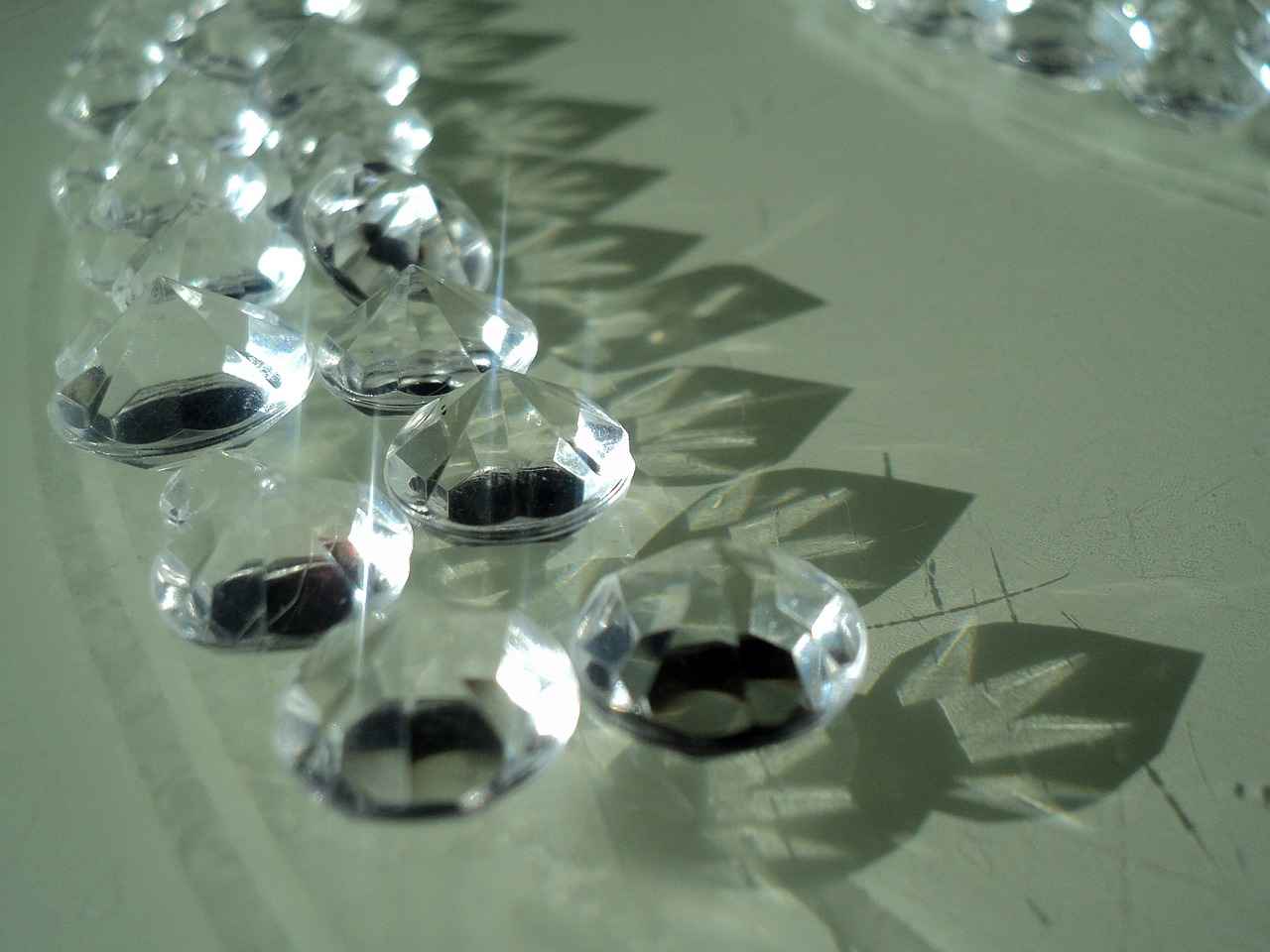
How to Buy Diamonds for Investment?
Investing in diamonds can be a lucrative endeavor, but it requires a strategic approach and a solid understanding of the market. When considering how to buy diamonds for investment, it’s essential to equip yourself with the right knowledge and resources. This section will guide you through the best practices for purchasing diamonds, including where to buy and what certifications to look for.
Where to Buy Diamonds?
- Reputable Jewelers: Look for established jewelers with a solid reputation. They often provide a range of certified diamonds and can offer insights into the investment potential of each piece.
- Online Retailers: Websites like Blue Nile and James Allen offer a vast selection of diamonds with detailed information. Ensure they provide certification from recognized gemological laboratories.
- Auction Houses: Consider attending auctions, where you might find unique diamonds that could appreciate in value. Reputable auction houses often have experts who can assist you.
What Certifications Should You Look For?
When purchasing diamonds, it’s crucial to seek out proper certifications. The most recognized certifications come from:
- Gemological Institute of America (GIA): Known for its rigorous grading standards, GIA certificates are highly respected in the industry.
- American Gem Society (AGS): Another reputable organization that provides detailed grading reports.
- International Gemological Institute (IGI): Offers reliable grading and is widely recognized, especially in the retail market.
Understanding the 4 Cs
Before making a purchase, familiarize yourself with the 4 Cs of diamonds: Carat, Cut, Color, and Clarity. Each factor significantly influences a diamond’s value:
- Carat: Refers to the weight of the diamond. Larger diamonds are rarer and generally more valuable.
- Cut: A well-cut diamond reflects light beautifully, enhancing its brilliance. Pay attention to the cut grade when selecting a diamond.
- Color: Diamonds are graded on a scale from D (colorless) to Z (light yellow). Colorless diamonds are typically more valuable.
- Clarity: This refers to the presence of internal or external flaws. Higher clarity grades indicate fewer imperfections, enhancing value.
Negotiating the Price
When you find a diamond that meets your criteria, don’t hesitate to negotiate the price. Many jewelers expect some level of bargaining. Research similar diamonds to ensure you’re getting a fair deal based on market trends.
Consider the Investment Potential
Not all diamonds appreciate at the same rate. Research market trends and consult with experts to understand which types of diamonds are likely to hold or increase their value over time. Fancy color diamonds, for instance, have been known to perform exceptionally well in the investment market.
Final Thoughts
Buying diamonds for investment requires careful consideration and due diligence. By understanding where to buy, what certifications to seek, and the importance of the 4 Cs, you can make informed decisions that align with your investment goals. Always stay updated on market trends and consult with professionals to maximize your investment potential.

What Are the Current Market Trends for Diamonds?
Understanding the dynamics of the diamond market is crucial for any investor looking to make informed decisions. Staying informed about market trends is essential for any investor. This section provides insights into current demand, pricing trends, and factors influencing the diamond market.
The diamond market has seen significant fluctuations in recent years, driven by various factors. One of the most notable trends is the increasing demand for ethical and sustainable diamonds. Consumers are becoming more conscious of the origins of their purchases, leading to a rise in the popularity of lab-grown diamonds. These diamonds offer a more affordable option while also appealing to those who prioritize ethical considerations.
In terms of pricing trends, the market has experienced a unique pattern. While traditional diamonds have maintained a steady price point, lab-grown diamonds have seen a significant decrease in price over the past few years. This price disparity is crucial for investors to consider, as it may influence future resale values. According to recent reports, lab-grown diamonds can be up to 40% cheaper than their mined counterparts, making them an attractive option for budget-conscious buyers.
Another key factor influencing the diamond market is the global economic climate. Economic uncertainties, such as inflation and geopolitical tensions, can affect consumer spending habits. In times of economic downturn, luxury items like diamonds may see a decline in demand, impacting prices. Conversely, during periods of economic growth, the demand for diamonds typically rises, driving prices up.
Market accessibility is also evolving, with online platforms becoming increasingly popular for buying and selling diamonds. This shift is changing how investors approach the market, with more opportunities for purchasing diamonds from the comfort of their homes. Online marketplaces often provide a wider selection and competitive pricing, making it easier for investors to find valuable pieces.
Additionally, the rise of social media and influencer marketing has played a role in shaping consumer preferences. As more people share their diamond purchases on platforms like Instagram and TikTok, the appeal of diamonds as a luxury item continues to grow. This trend could lead to a resurgence in demand, particularly among younger generations who view diamonds as symbols of status and success.
In summary, the diamond market is influenced by a multitude of factors, including consumer preferences, economic conditions, and technological advancements. For investors, understanding these trends is vital for making informed decisions. Keeping an eye on the shifting landscape of the diamond market will help you navigate the complexities of investing in this timeless asset.

How to Evaluate the Quality of a Diamond?
When it comes to investing in diamonds, understanding how to evaluate their quality is paramount. A diamond’s quality not only affects its aesthetic appeal but also its market value and investment potential. This section delves into the essential aspects of diamond grading and what to look for in terms of quality and certification.
The quality of a diamond is primarily assessed using the Four Cs: Carat, Cut, Color, and Clarity. Each of these factors plays a critical role in determining the overall value of the diamond.
- Carat: This refers to the weight of the diamond. Larger diamonds are rarer and typically more valuable, but the increase in price is not linear. A 2-carat diamond can be significantly more expensive than two 1-carat diamonds due to rarity.
- Cut: The cut of a diamond affects its brilliance and sparkle. It involves the diamond’s proportions, symmetry, and polish. A well-cut diamond reflects light beautifully, enhancing its overall appeal.
- Color: Diamonds are graded on a scale from D (colorless) to Z (light yellow). The less color a diamond has, the more valuable it is. Colorless diamonds are highly sought after, making them a better investment choice.
- Clarity: This measures the presence of internal or external flaws, known as inclusions and blemishes. A diamond with fewer imperfections is generally more valuable.
In addition to the Four Cs, it is crucial to consider the certification of the diamond. Reputable gemological laboratories, such as the Gemological Institute of America (GIA) or the International Gemological Institute (IGI), provide detailed reports that assess and verify the quality of a diamond. These certifications are vital as they offer a standardized evaluation, ensuring that you are making a sound investment.
When purchasing a diamond, always request the certification report. This document contains information about the diamond’s characteristics and grading, which can help you make an informed decision. A diamond with a credible certification is generally easier to sell in the future, as potential buyers will trust the documented quality.
Another aspect to consider is the diamond’s market demand. Certain cuts and colors may be more popular at different times, affecting their resale value. For instance, fancy color diamonds have gained traction in recent years and may offer unique investment opportunities. Keeping an eye on market trends can help you choose diamonds that have the potential for appreciation.
Lastly, it is advisable to consult with a gemologist or a trusted jewelry expert when evaluating diamonds. Their expertise can provide insights into the quality and value of the diamond you are considering. They can also help you navigate the complexities of the diamond market, ensuring that you make a wise investment.
In summary, evaluating a diamond’s quality involves a thorough understanding of the Four Cs, the importance of certification, and awareness of market trends. By taking these factors into account, you can make informed decisions that will enhance your diamond investment.

What Role Do Certifications Play in Diamond Investing?
When it comes to investing in diamonds, one of the most critical factors influencing a diamond’s value is its certification. Certifications from reputable gemological laboratories serve as an assurance of quality and authenticity, making them essential for both buyers and sellers in the diamond market.
Why Are Certifications Important?
- Validation of Quality: Certifications provide a detailed analysis of a diamond’s characteristics, including its carat weight, cut, color, and clarity. This information is crucial for investors who want to ensure they are purchasing a high-quality stone.
- Market Trust: A certified diamond is more likely to attract buyers, as it comes with a guarantee from a recognized authority. This trust can significantly enhance resale potential.
- Price Justification: Certifications help to justify a diamond’s price. Investors can compare certified diamonds with similar stones, ensuring they make informed purchasing decisions.
How Do Certifications Affect Resale Potential?
The resale market for diamonds can be unpredictable, but having a certification can dramatically improve a diamond’s resale potential. Buyers are more inclined to pay a premium for certified stones due to the assurance of quality. In contrast, diamonds without certification may be viewed with skepticism, leading to lower offers.
What Are the Most Recognized Certifications?
| Certification Authority | Description |
|---|---|
| Gemological Institute of America (GIA) | Considered the gold standard in diamond grading, GIA provides comprehensive reports on a diamond’s quality. |
| American Gem Society (AGS) | Known for its strict grading standards, AGS focuses on the cut quality of diamonds. |
| International Gemological Institute (IGI) | Offers a wide range of grading services and is recognized globally. |
How to Choose the Right Certification?
When investing in diamonds, it’s essential to choose stones that come with certifications from reputable laboratories. Look for well-established organizations that have a solid reputation in the industry. Always review the certification report carefully, paying attention to the details provided.
Conclusion
In summary, certifications play a pivotal role in diamond investing. They not only validate the quality of the diamond but also enhance its marketability and resale potential. For investors looking to make informed decisions, understanding the importance of certifications is essential.
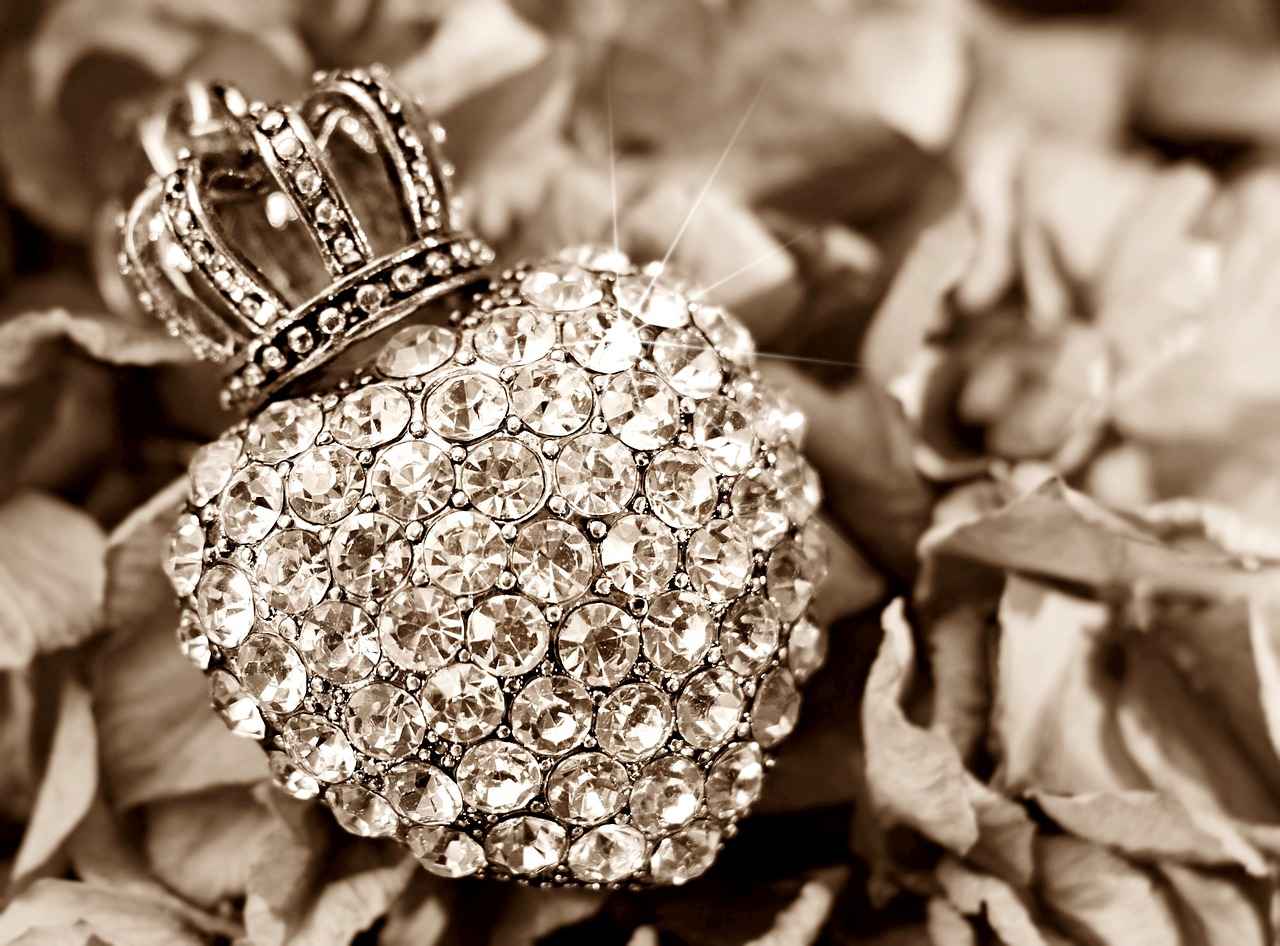
Are Fancy Color Diamonds a Good Investment?
In recent years, fancy color diamonds have captured the attention of investors and collectors alike, often outperforming their traditional white counterparts in terms of value appreciation. This section delves into the investment potential of these unique gems, examining the factors that contribute to their value and why they may be a wise addition to your investment portfolio.
What Makes Fancy Color Diamonds Unique?
- Rarity: The color intensity and saturation of fancy color diamonds make them significantly rarer than white diamonds. For instance, a vivid blue or pink diamond can be thousands of times rarer than a white diamond of similar size.
- Market Demand: Growing interest from collectors and investors has led to an increase in demand for fancy color diamonds. As more people recognize their beauty and investment potential, prices have surged.
- Investment Returns: Historical data indicates that certain fancy color diamonds have appreciated in value by as much as 300% or more over the past decade, making them an attractive investment option.
Factors Influencing Value
The value of fancy color diamonds is influenced by several key factors:
- Color: The color grade is crucial; diamonds are graded based on hue, tone, and saturation. The more vivid the color, the more valuable the diamond.
- Size: Larger stones are generally more valuable, especially if they possess a strong color. A 5-carat vivid pink diamond will typically command a higher price than a smaller one.
- Certification: Diamonds that come with certification from reputable gemological laboratories, such as the GIA or AGS, tend to have higher resale values.
Market Trends for Fancy Color Diamonds
The market for fancy color diamonds has shown resilience, even during economic downturns. Investors are increasingly viewing these diamonds as a hedge against inflation and currency fluctuations. According to recent reports, the demand for fancy color diamonds, particularly in Asia and the Middle East, has been on the rise, further driving their market value.
Risks to Consider
While investing in fancy color diamonds can be lucrative, it’s essential to be aware of the risks involved:
- Market Volatility: Like any investment, the diamond market can be subject to fluctuations based on economic conditions and consumer trends.
- Liquidity Issues: Selling fancy color diamonds can take time, as finding the right buyer may be challenging.
How to Get Started with Fancy Color Diamonds
If you’re considering investing in fancy color diamonds, here are some steps to guide you:
- Research: Familiarize yourself with the different colors and their respective market values.
- Consult Experts: Engage with gemologists and reputable dealers to gain insights and advice.
- Buy Certified Stones: Ensure that any diamond you purchase comes with a certification to guarantee its quality and value.
In summary, fancy color diamonds offer a unique investment opportunity with the potential for significant returns. Their rarity, increasing demand, and historical appreciation make them an attractive option for both seasoned investors and newcomers alike. However, it’s crucial to conduct thorough research and consult with experts to navigate the complexities of this niche market effectively.
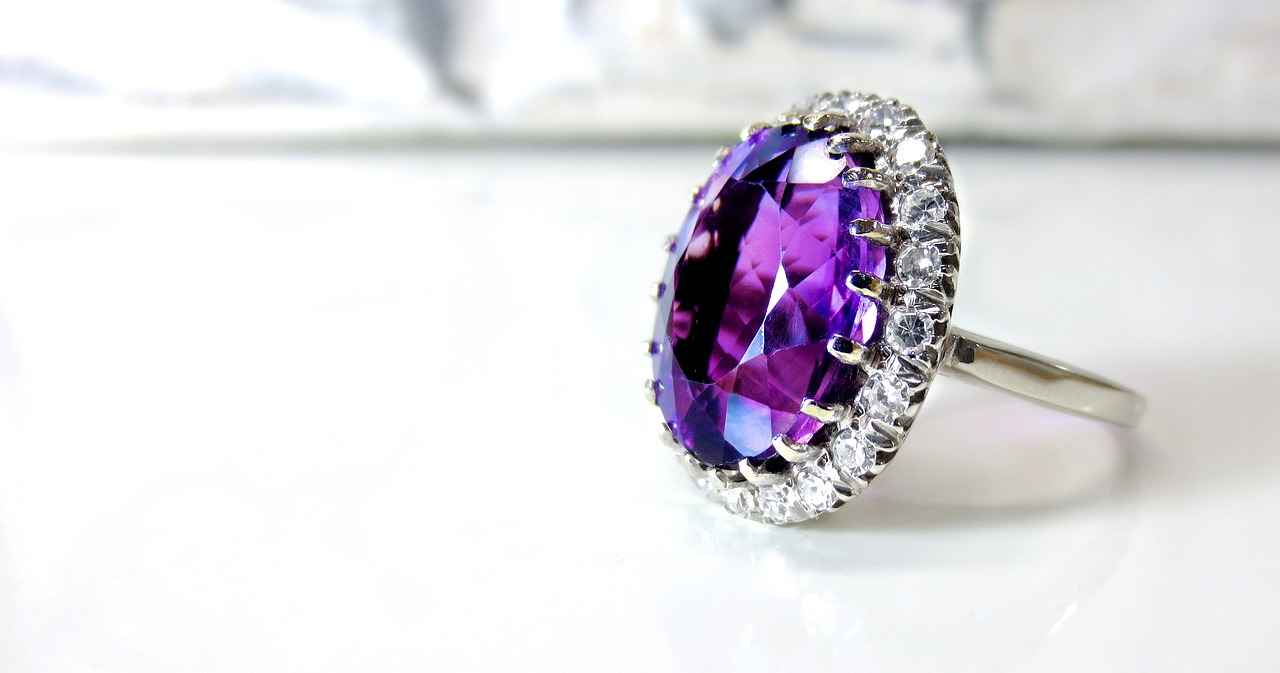
How to Sell a Diamond Investment?
Knowing when and how to sell your diamond investment is crucial for maximizing returns. With the right strategies, you can navigate the complexities of the diamond market and ensure that you achieve the best possible price for your asset. This section outlines essential tactics for selling diamonds, focusing on timing, marketing strategies, and the best marketplaces.
The timing of your sale can significantly impact the price you receive. Here are some key factors to consider:
- Market Demand: Monitor market trends and demand for diamonds. Selling during peak demand periods, such as holiday seasons or major events, can yield higher prices.
- Economic Conditions: Economic stability often correlates with higher consumer spending on luxury items. Keep an eye on economic indicators that may affect diamond sales.
- Personal Circumstances: Your personal financial situation may also dictate when to sell. If you need liquidity or are facing financial challenges, it may be prudent to sell sooner rather than later.
Where you sell your diamond can greatly influence your returns. Consider the following options:
- Jewelry Stores: Local jewelers can offer immediate sales, but they may provide lower prices due to their markup.
- Online Marketplaces: Websites like eBay or specialized diamond selling platforms can connect you with a broader audience, potentially increasing your selling price.
- Auction Houses: High-end auction houses can be an excellent option for unique or high-value diamonds, often attracting serious buyers willing to pay a premium.
Before listing your diamond, ensure it is in the best possible condition:
- Certification: A certified diamond from a reputable gemological laboratory can enhance your diamond’s value. Ensure you have all relevant documentation.
- Cleaning and Presentation: A well-presented diamond can attract more buyers. Consider having it professionally cleaned and take high-quality photographs for online listings.
Effective marketing can significantly increase your chances of a successful sale:
- Detailed Descriptions: Provide comprehensive details about the diamond, including its cut, carat weight, color, clarity, and certification.
- Targeted Advertising: Utilize social media and online platforms to reach potential buyers. Tailor your advertising strategy to target demographics interested in luxury items.
Once you have interested buyers, negotiation becomes key:
- Know Your Minimum Price: Determine the lowest price you are willing to accept before entering negotiations.
- Be Prepared to Walk Away: If negotiations aren’t meeting your expectations, be willing to hold onto your diamond until a better offer comes along.
In conclusion, selling a diamond investment requires careful consideration of timing, marketplace selection, and effective marketing strategies. By following these guidelines, you can maximize your returns and ensure a successful sale.

What Are Expert Opinions on Diamond Investments?
When considering diamonds as a potential investment, it is essential to seek insights from industry experts. This section delves into the opinions of gemologists and financial advisors, providing a well-rounded view of the diamond market and its investment viability.
Understanding Expert Perspectives
Experts in the field of gemology and finance often highlight the unique characteristics that make diamonds an intriguing investment option. According to gemologists, the quality of a diamond—determined by its carat weight, cut, color, and clarity—plays a significant role in its long-term value retention. They argue that high-quality diamonds, particularly those with rare colors, can appreciate significantly over time.
Market Stability and Demand
Financial advisors frequently emphasize the market stability of diamonds compared to other investment options. While diamonds can experience fluctuations, they tend to hold their value better than many stocks or bonds. This sentiment is echoed by gemologists who note that the demand for diamonds, especially among affluent consumers, remains robust. As a result, investing in diamonds can be seen as a hedge against economic downturns.
Investment Diversification
Experts advocate for diversifying investment portfolios, and diamonds can play a crucial role in this strategy. Financial advisors recommend allocating a portion of investment funds to tangible assets like diamonds. This diversification can help mitigate risks associated with more volatile investment vehicles, such as cryptocurrencies or tech stocks.
The Role of Certification
Another critical insight from experts is the importance of certification. Diamonds that come with reputable certifications, such as those from the Gemological Institute of America (GIA), tend to command higher prices and are more attractive to potential buyers. Gemologists stress that certified diamonds provide assurance of quality and authenticity, which is essential for investors looking to resell their diamonds in the future.
Potential Risks and Considerations
While expert opinions are generally optimistic about diamond investments, they also caution potential investors about certain risks. Market volatility, liquidity challenges, and the potential for overvaluation are all factors that need careful consideration. Experts suggest conducting thorough research and possibly consulting with a gemologist or financial advisor before making significant investments in diamonds.
Conclusion
In summary, expert insights into diamond investments reveal a complex yet promising landscape. With their potential for value appreciation, market stability, and role in investment diversification, diamonds can be a valuable addition to an investment portfolio. However, due diligence, understanding market dynamics, and recognizing the importance of certification are crucial for making informed investment decisions.
Frequently Asked Questions
- Are diamonds a safe investment?
While diamonds can be a valuable asset, they come with risks like market volatility. It’s crucial to do your research and understand the market before investing.
- What factors affect a diamond’s value?
A diamond’s value is primarily influenced by its carat weight, cut, color, and clarity. Each of these elements plays a significant role in determining its price.
- How do I know if I’m buying a quality diamond?
To ensure you’re purchasing a quality diamond, look for certifications from reputable gemological laboratories. These certifications provide insights into the diamond’s grading and authenticity.
- What are fancy color diamonds?
Fancy color diamonds are diamonds that exhibit intense colors, such as blue, pink, or yellow. They have gained popularity and can sometimes offer better investment returns than traditional white diamonds.
- How can I sell my diamond investment?
Selling a diamond requires timing and strategy. Consider marketplaces like auctions or online platforms, and ensure you have the right certifications to maximize your return.
- What are the current trends in the diamond market?
The diamond market is influenced by various factors, including demand and pricing trends. Staying informed can help you make better investment decisions.

